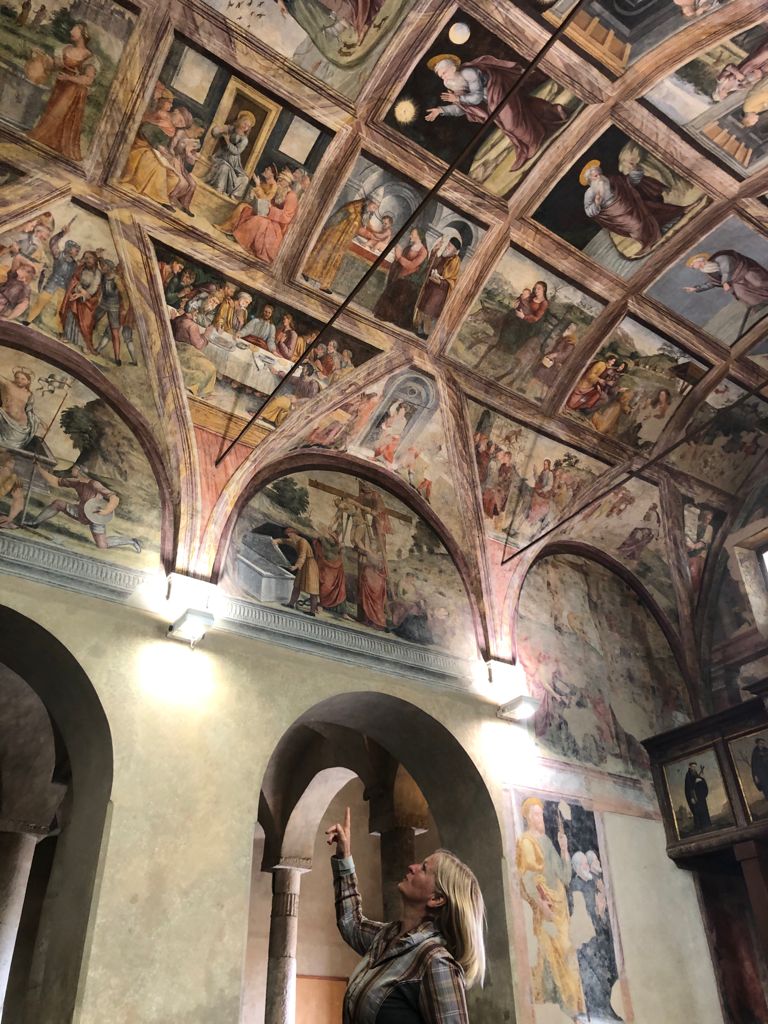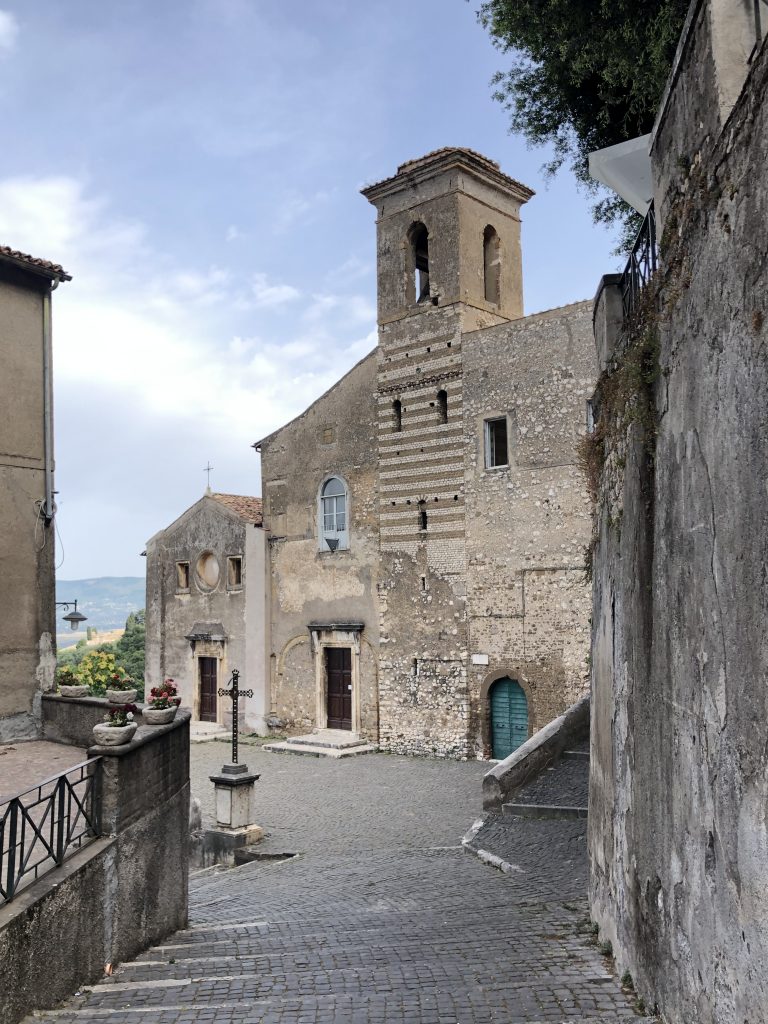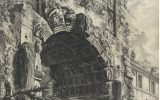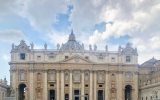
The provinces throughout Italy have some of the best museums, art galleries, architecture, archaeological sites, villas, catacombs, churches, synagogues, wineries, olive groves, piazzas and fountains in the world. It is impossible to see everything in the Italian peninsula. However, a local Italian tour guide, Luisa Testa, who primarily works with Americans and Canadians is finding herself working with Italians during post pandemic. She says that local Italians are becoming the “new tourists,” who, for the first time in their lives, are discovering the many wonderful small provincial towns outside the eternal city of Rome. For example, have you ever heard of a town called Cori in Italy? It is about 50 km northeast of Rome.
This little town of Cori became an important federated Roman city, contributing by its expansion towards Priverno and Fondi (other small towns in the same area). Cori was essential in the Punic Wars against the Carthaginians. For this reason, it became a Municipium with the symbol SPQC-Senatutus Popolusque Corensis-The Senate and the People of Cori. This meant that the town of Cori had its own administrative autonomy.
What many locals do not know, including tourists, is that Rome did not even exist, when Cori already dictated the law: pagan temples and early Christian churches testify to its history.
The small town in the region of Lazio, born on a ridge of the Lepini mountains, in the south of the region, was already famous for its laws in the Roman Republic times. When Roman tribunes of the plebs ordained that justice be administered by following written laws and no longer according to oral tradition, they sent ambassadors to Latinate and Greek cities to consult the laws of those peoples and choose the best ones. Among the Latinate cities, Cori was chosen to provide the Romans with their own laws.
Moreover, ancient literary texts confirm the importance of Cori, a city of mythical origins with a Trojan foundation according to all Latin writers, even if each of them then gave a personal interpretation of the event. In the Aeneid (Aneneid 29 – 19 BC (BCE), Virgil indicates Cori as one of the cities founded by the kings of Alba Longa. Pliny, by contrast, attributes its birth to Dardano, progenitor of the Troy dynasty, son of Zeus and Elettra. Subsequently, it was Corace di Argo who would restore the city and give it its name. Apart from the legends, we can place the foundation of Cori in the tenth century, B.C.E., when different families invaded the area called Lazio, thereby generating the Latin people.
In both the upper and lower parts of the village, says Luisa Testa, Cori still retains the signs of its ancient history: the sections of the cyclopean walls which protected it for a length of about two kilometers. The walls generally date back to the 5th century B.C.E., in the period of the Volscian invasion, with additions and renovations in the following century and completion of the defensive structure in the first century B.C.E., during Sulla’s era. During that period, the walls were fortified with circular towers.
As a testimony to Cori’s prestigious past, we may note: the temple of Castor and Pollux in the upper part of the village, and, on the top of the hill, the temple of Hercules. The temple
dedicated to Hercules, which looks better preserved, built on the area of the Capitolium crowning the acropolis, is also from the time of the Sulla restoration, 82-79 B.C.E. With regards to this Doric-style building, only the pronaos, the inner area of the portico with the four columns on the front and the two on the two sides, remain. The cell and the wide access staircase have disappeared. Its ancient beauty always attracted artists, including Raphael Sanzio (1483-1520)when he was the architect of the Vatican basilica, and Giovanni Battista Piranesi (1720-1778). However, in addition to these two storied edifices, which came to us only partially preserved, numerous other temples abounded in Cori.
Another interesting point of reference in Cori worth mentioning is the church dedicated to Santa Oliva, patron saint of Cori. This singular building, standing since the Middle Ages has survived because it consists of two churches side by side and communicating through a series of arches in the common wall. On the right, there is the older church, built on the remains of a Corinthian temple, from which some columns have been incorporated. The construction of the church and the bell tower date back to the first half of the 12th century C.E. Its interior has three naves, divided by columns from Roman times.
From the left aisle, you can see the Renaissance church, the chapel of the Crucifix, built together with the Augustinian convent starting in 1467 C.E and completed about ten years later. It has a nave with a barrel vault, with sixteenth-century decorations depicting the coronation of the Virgin, in the apse, and scenes from the Old and New Testament in the vault. The church, dedicated to the patron, was of particular importance: for it was here, in the municipal period, all the magistrates of Cori took their oath.
Cori offers other important sacred buildings: the church of the Santissimo Salvatore next to the temple of the Dioscuri with the church occupying part of the portico with XVth century frescoes. Likewise, the church of San Michele, built on the ruins of a temple to Apollo, and the Annunziata Chapel, an oratory already known in 1473 C.E.
Indeed, Cori itself is a monument with its unmistakable medieval character: everywhere throughout, there are narrow streets, often covered, arches, external stairs, and small houses. One can also visit the Via delle Colonne, containing parts of ancient columns and polygonal walls. At the end of the journey, you can admire the view from the garden in front of the Temple of Hercules, where a breath-taking panorama embraces, on one side, the mountains, and on the other side, the sea. An enchanting town with amazing views is something that few towns can offer.
Luisa Testa is an accredited and licensed tour guide in Rome and in the Vatican. She enjoys guiding locals through the many small towns outside of the eternal city.













